
晶振专业术语英文版汇总:
ACTIVITY
A term associated with the resistance of a crystal unit. A crystal unit with low resistance is said to have good activity while crystal until with high resistance is said to have bad activity.
ACTIVITY DIP
A term used to describe a sudden increase followed by a return to the previous level of the activity of a crystal unit.
AGING
A change in the frequency and/or the resistance of a quartz crystal unit with the passage if time.
ANGLE
The angle at which a resonator plate is cut from the quartz stone in relation to the original crystallographic axes. The angle of cut is critical to the performance of the crystal unit, particularly in the area of frequency deviation over a temperature range.
AT-CUT
The commercial designation for a specifically oriented resonator plate, having desirable and repeatable operating characteristics. The “AT-CUT” is the most popular thickness-shear crystal unit manufactured today.
AT-STRIP
An AT-Cut crystal in the shape of a rectangular strip. It has a higher ESR than a round AT-Cut crystal, but is small in size, thus allowing smaller crystal packages.
AXIS
A direction in the quartz stone. The plural of “axis” is “axes”.
BASE
The lower portion of a crystal holder. The base incorporates a resonator mounting structure and leads or pins to connect the device to an external circuit. See “Holder”
BEVEL
A modification to one or both of the major faces of a resonator plate in which the face is altered to have a partially spherical configuration. See “Contour”
BLANK
A quartz resonator plate. Also known as “a wafer”, “a plate” or “a resonator”.
BT-CUT
The commercial designation for a specifically oriented resonator plate, having well known and repeatable characteristic. “BT-Cut”is less popular than the “AT-Cut”.
CAPACITANCE
The property exhibited by two conductors separated by a dielectric whereby an electric charge becomes stored between the conductors. Capacitance is measured in “farads” and is identified by the letter “C”.
CAPACITOR
A passive electronic circuit component consisting in its simplest form, of two metal electronics separated by a dielectric.
CRYSTAL EQUIVALENT CIRCUITS
A crystal device consists of a quartz resonator with metal plating. This plating, as shown below, is located on both sides of the crystal and is connected to insulated lead on the crystal package. The device exhibits a piezoelectric response between the two crystal electrodes as expressed in the equivalent circuit shown below:
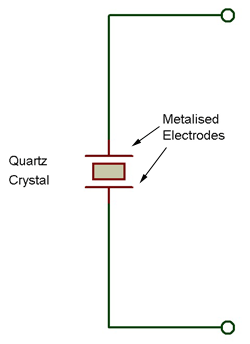
CRYSTAL IMPEDANCE (C.I)
Used in place of the word “resistance”.
CRYSTAL IMPEDANCE METER (C.I.M)
See test set.
COLD WELD
Procedure in which the base and can are dissimilar metals that are pressed together to form one metal.
CONTOUR
A modification to one or both of the major faces of a resonator plate in which the face is altered to have a complete spherical configuration. See “Bevel”
COUPLED MODE
An unwanted mode that becomes energized at the same frequency as the desired mode, thereby draining energy from the desired mode.
COVER
The upper portion of a crystal holder. See “Can” & “Holder”.
CRYSTAL
A genetic term used in place of the more complete expression “piezoelectric quartz unit”.
CYCLE
One complete repetition of an event.
DEVIATION
The amount by which a quantity differs from its nominal value. For our purposes, the amount by which a frequency differs from the nominal or specified frequency.
DEW POINT
The temperature at which a condensable component of a gas starts to condense into a liquid.
DRIVE LEVEL
A function of the driving or excitation current flowing through the crystal. The drive level is the amount of power dissipation in the crystal, expressed in microwatts or milliwatts. Maximum power is the most power the device can dissipate while still maintaining operation with all electrical parameters guaranteed. Drive level should be maintained at the minimum levels necessary to assure proper start-up and steady state oscillation, thus avoiding poor aging characteristics and crystal damage. Usually it can be expressed in terms of W.
EQUIVALENT CIRCUIT
The equivalent circuit is a circuit for an electrical activity of a quartz crystal unit operating at its natural resonant frequency. The C0, or shunt capacitance, represents the capacitance of the crystal electrodes plus the capacitance of the holder and leads. R1, C1 and L1 compose the “motional arm” of the crystal, and are referred to as the motional parameters. The motional inductance, L1 represents the vibrating the vibrating mass of the crystal unit. The motional capacitance, C1 represents the elasticity of the quartz and the resistance, R1 represents bulk losses occurring within the quartz.
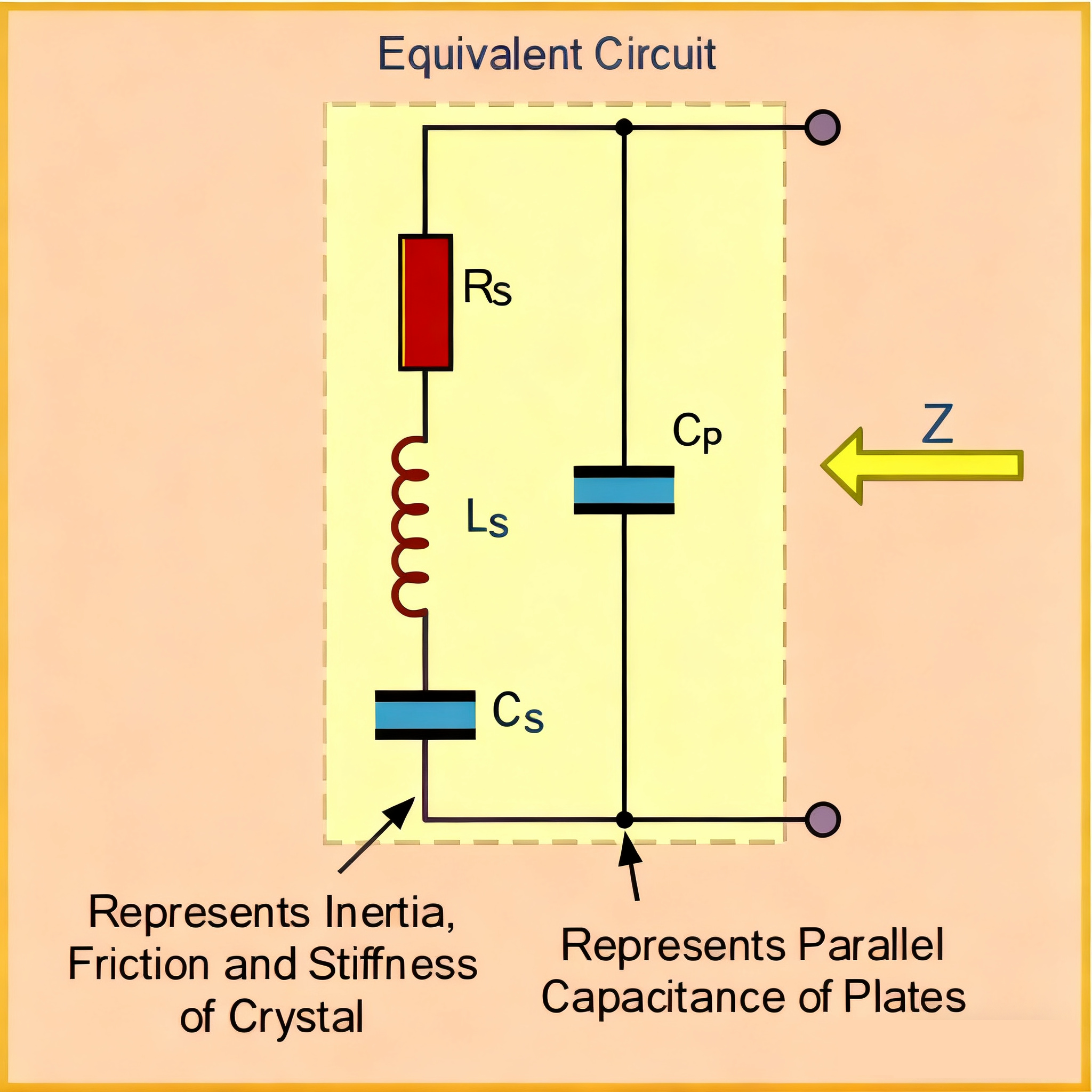
EQUIVALENT SERIES RESISTANCE (ESR)
As a crystal unit has a resistive element, this term is require in order to define and quantity that characteristic.
ETCH
A process used in the manufacture of some types of crystal unit. The “etch” process results in an improved surface condition and an increase in the frequency if a blank. The word “etch” is also used to describe the material used in the “etch” process, as well as the process itself.
FREQUENCY
The periodic repetition of an event within a unit of time. In an electrical circuit, the number of waves that pass a given point in one second. The number of times a resonator plate oscillated or vibrates in one second. The nominal or desire frequency specified by customer.
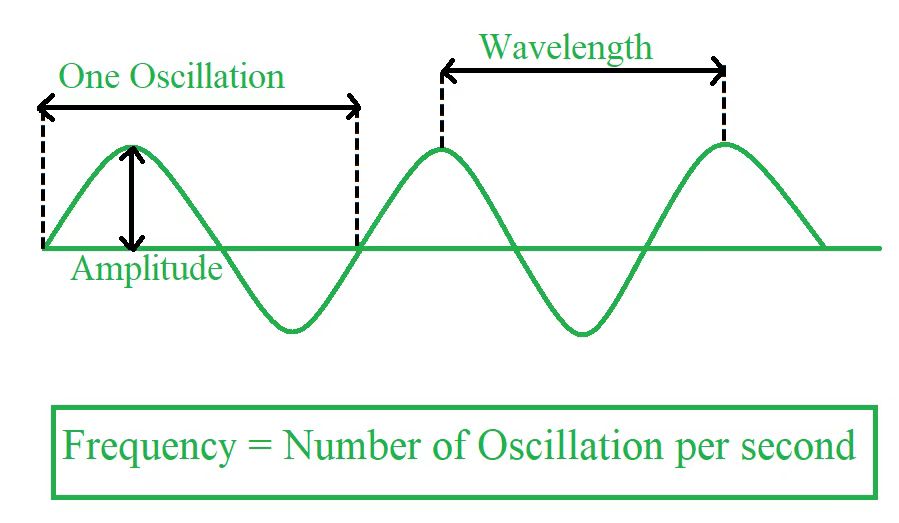
FREQUENCY STABILITY
The amount of frequency deviation from the ambient temperature frequency. This deviation is associated with a set of operating conditions including: Operating Temperature Range, Load Capacitance, and Drive Level. This parameter is specified with a maximum and minimum frequency deviation, expressed in percent, % or parts per million, PPM.
FUNDAMENTAL
The lowest frequency at which a resonator plate will oscillate. The physical dimensions of the plate determine this frequency.
GEOMETRY
The shape of the resonator plate used in a crystal unit. There are three (3) geometrical forms available: Flat, Contoured, and Beveled.
HENRY
The basis unit of measurement of frequency, “Hertz” replaces the term “cycle per second”. Used to denote one complete occurrence of an event in one second.
HERTZ (Hz)
The basis unit of inductance, identified by the letter “H”. One Henry of inductance is produced in a closed circuit by current changing uniformly at the rate of one Ampere per second.
HOLDER
The complete housing for a quartz resonator plate. The holder includes the base and cover.
IMPEDANCE
The total opposition presented by a circuit or device to the flow of alternating current. Impedance is measured in “ohms” and is represented by the letter “Z”.
INDUCTANCE
In a device, conductor, or circuit, the inertial property that opposes the flow of current when a voltage is applied. Inductance is identified by the letter “L” and is measured in “henries”.
INDUCTOR
An electronic component used to introduce inductance into a circuit.
INSULATOR
Any of several materials that do not easily permit the passage of electricity.
ISO
The abbreviation for “International Organization for Standardization”.
Kilo
A prefix, abbreviated “k” used to denote units of thousands. One “Kilo” is one thousand. In our industry, a frequency of one kilohertz is a frequency of one thousand hertz (cycles per second).
kHz
The abbreviation for “kilohertz,” used to describe the frequency of a crystal or oscillator in terms of thousands of Hertz (cycles per second). A frequency specified as “10.0 kHz” would be understood as being a frequency of 10,000 Hertz (cycles per second). A frequency specified as “10,000 kHz” would be understood as being a frequency of 10,000,000 Hertz (cycles per second).
LOAD CAPACITANCE, CL
The value of capacitance used in conjunction with the crystal unit. Load capacitance is a parameter specified by the customer, typically expressed in “pF” .
LOAD RESONANCE
The condition existing when a crystal unit is operated in conjunction with load capacitance.
MEGA
A prefix, abbreviated “M” used to denote units of millions, 10^6. One “Mega” is equal to one million. In our industry, one Mega hertz is a frequency of one million hertz (cycles per second).
Milli
A prefix, abbreviated “m” used to denote units of thousandths, 10^-3. One “Milli” is equal to 1/1000th of a unit.
MHz
The abbreviation for “megahertz” used to describe the frequency of a crystal or oscillator in terms of millions of Hertz (cycles per second). A frequency specified as “10.0 MHz” would be understood as being a frequency of 10,000,000 Hertz (cycles per second).
MOTIONAL INDUCTANCE, C1
A parameter associated with a quartz crystal unit, used to illustrate the electronic equivalence of the mechanical elasticity of the unit. Motional capacitance can also be abbreviated as “Cm”.
MOTIONAL INDUCTANCE
A parameter associated with a quartz crystal unit, used to illustrate the electronic equivalence of the mechanical mass of the unit. Motional inductance may be abbreviated as “Lm” or “L1”.
OEM
The abbreviation for “Original Equipment Manufacture”.
OPERATING TEMPERATURE RANGE
Temperature ranged over which the crystal characteristics are guaranteed.
OSCILLATION MODE
A quartz crystal is designed to vibrate on its fundamental frequency or one of its overtones. This becomes important between the 24MHz to 40MHz ranges. Crystals in that frequency range may be made as either a high fundamental or a low 3rd overtone. Fundamental mode crystals at these frequencies become more expensive, because the quartz blank is extremely thin, difficult to handle, and subject to a higher rate of breakage in processing. If you are able to use the 3rd overtone crystal instead of the fundamental, your cost savings may be significant. As the frequency range is extended, the oscillation mode of the crystal changes to other overtones. Crystals in the range of 60-110MHz are generally 5th overtones, while crystals in the range of 110-175MHz generally are 7th overtones.
OVERTONE
An odd numbered multiple of the fundamental frequency.
PACKAGE
Physical holder of the crystal unit.
PARABOLIC TEMPERATURE CURVE
BT-cut and Tuning Fork crystal frequencies follow a parabolic curve over temperature. The frequency will decrease as the temperature goes above or below the turnover temperature.
PARALLEL RESONANT. PL
A parallel resonant oscillator circuit uses a crystal unit that is designed to operate with a specified value of load capacitance. This will result in a crystal frequency higher than the series resonant frequency, but lower than the true parallel resonant frequency.
pF
The abbreviation for “picoFarad” used to describe a fractional part 10^-12, (one trillionth) of one Farad.
Pico
A prefix used to describe a sub-multiple of a number. One Pico is one-trillionth, 10^-12, of a unit.
PLATE
The quartz blank or resonator.
POLISH
A process used in the manufacture of some types of quartz crystals. The polish process results in a very fine surface finish. The word “polish” is also used to define the material used in the polish process, as well as the process itself.
PPM
The abbreviation for “Parts Per Million” a method of calculation used to specify the permissible frequency deviation of a crystal or oscillator. May also be seen as “PPM”, both are correct.
PULLABILITY
The change in frequency of a crystal unit, either from the natural resonant frequency, Fr to a load resonant frequency, FL or from one load resonant frequency to another. The frequency can be pulled in a parallel resonant circuit by changing the value of load capacitance. A decrease in load capacitance causes an increase in frequency, and an increase in load capacitance causes a decrease in frequency.
QUARTZ CRYSTALS
Quartz, composed of Silicon and Oxygen (Silicon Dioxide), exhibits piezoelectric properties. This generates an electrical potential when a pressure is applied on the surfaces of the crystal. Inversely, when an electrical potential is applied to the surfaces of a crystal, mechanical deformation or vibration is generated. These vibrations occur at a frequency determined by the crystal design and oscillator circuit.
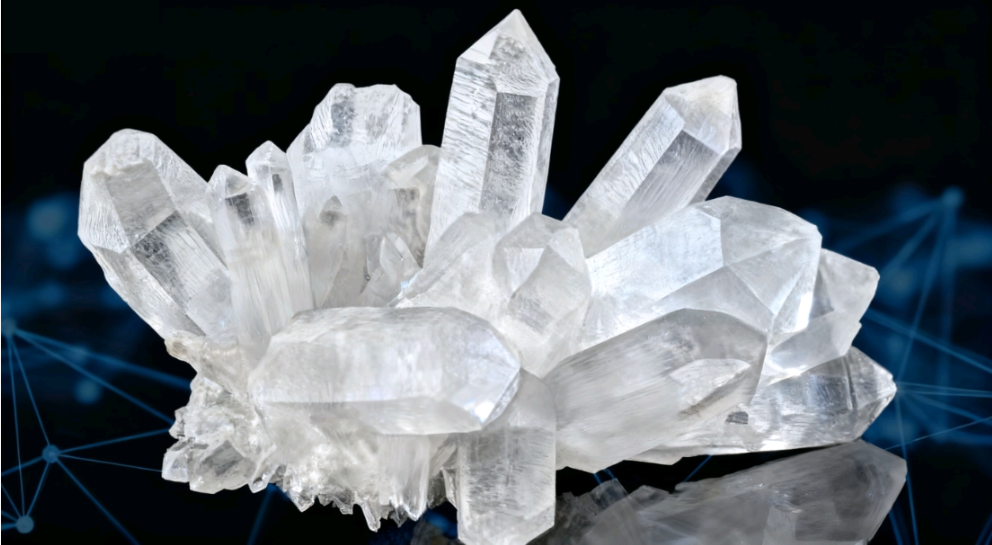
REACTANCE
The opposition to an alternating current presented by inductance, capacitance, or a combination of the two. Reactance is measured in “ohms” and is represented by the letter “X”.
RESISTANCE WELD
Procedure involving pressure sealing with electricity and backfilling with nitrogen to force out oxygen and moisture. This results in superior aging characteristics.
RESISTORS
A component used to introduce resistance into a circuit.
RESONANT FREQUENCY
The natural frequency at which a circuit oscillates or a device vibrates. Abbreviated as “Fr” or “fr”.
RESONANCE
The creation of vibrations in a system by the application of a periodic force. The state which exists when the frequency of the applied force is equal to the natural frequency of the system.
RESONATOR
A body that is capable of being set into resonance by the application of a periodic force.
SECOND
The basic unit of measure of time, equivalent to “the duration of 9,192,631,770 periods of the radiation corresponding to the transition between the two hyperfine levels of the ground state of the cesium-133 atom”. For our purposes, one “second” is 1/60th of a minute.
SERIES RESONANCE, Fs
The condition that exists when a crystal unit is operated without the presence of load capacitance. “Series Resonance” is frequently shortened to the word “series”. See “Load Resonance”
SHUNT CAPACITANCE, C0
A parameter associated with a quartz crystal unit, used to identify the capacitance resulting from the presence of the electrodes plus stray capacitance associated with the holder.
STORAGE TEMPERATURE
The minimum and maximum temperatures that the device can be stored or exposed to when in a non-oscillation state. After exposing or storing the device at the minimum or maximum temperatures for a length of time, all of the operating specifications are guaranteed over the specified Operating Temperature Range.
SINE WAVE
A periodic waves that can be represented by a sine curve. The amplitude of such a wave is a function of the sine of a linear quantity such as phase or time.
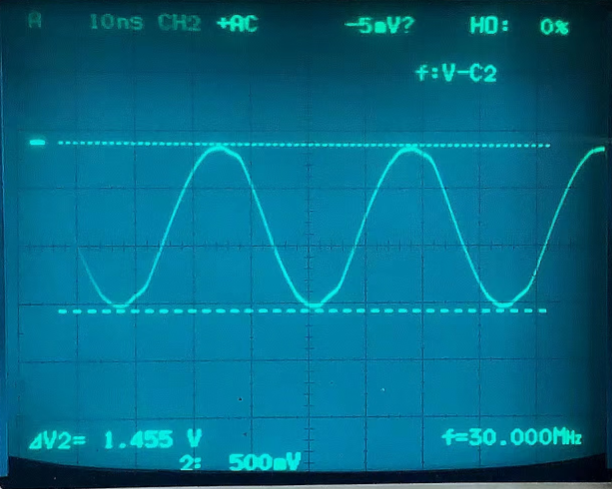
SMD
The abbreviation for “Surface Mount Device”.
SPUR
A substitution for the term “Spurious Frequency Response”. The word “spur” is used to refer to a frequency occurring at some point higher than the desired mode but lower than the next overtone.
TAPE AND REEL
Refers to the packaging method used to accommodate automated pick & place equipment.
TEST SET
A device used to measure the frequency and resistance characteristics of a quartz crystal unit. Often called a “crystal impedance meter”, abbreviated as “C.I.M.”.
TRIM SENSITIVITY
A measure of the incremental fractional frequency change for an incremental change in the value of load capacitance. Trim sensitivity (S) is expressed in terms of PPM/pF and is calculated with the following equation: S=(C1*1,000,000)/2*CF2, where CF is the sum of the shunt capacitance CO, and the load capacitance CL.
TURNOVER TEMPERATURE
The temperature at which the frequency is at the top of the parabolic curve.
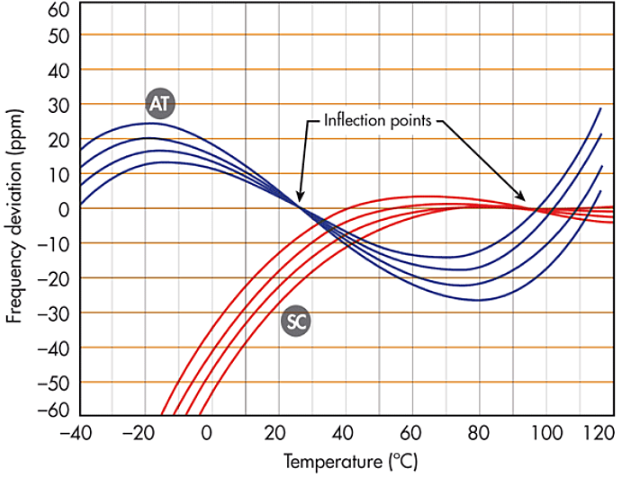
TWINNING
A condition existing within a quartz stone wherein the optic and/or the electric axis suddenly reverse its natural order of polarity.
VOLT
The basic practical unit of difference of electrical potential.




